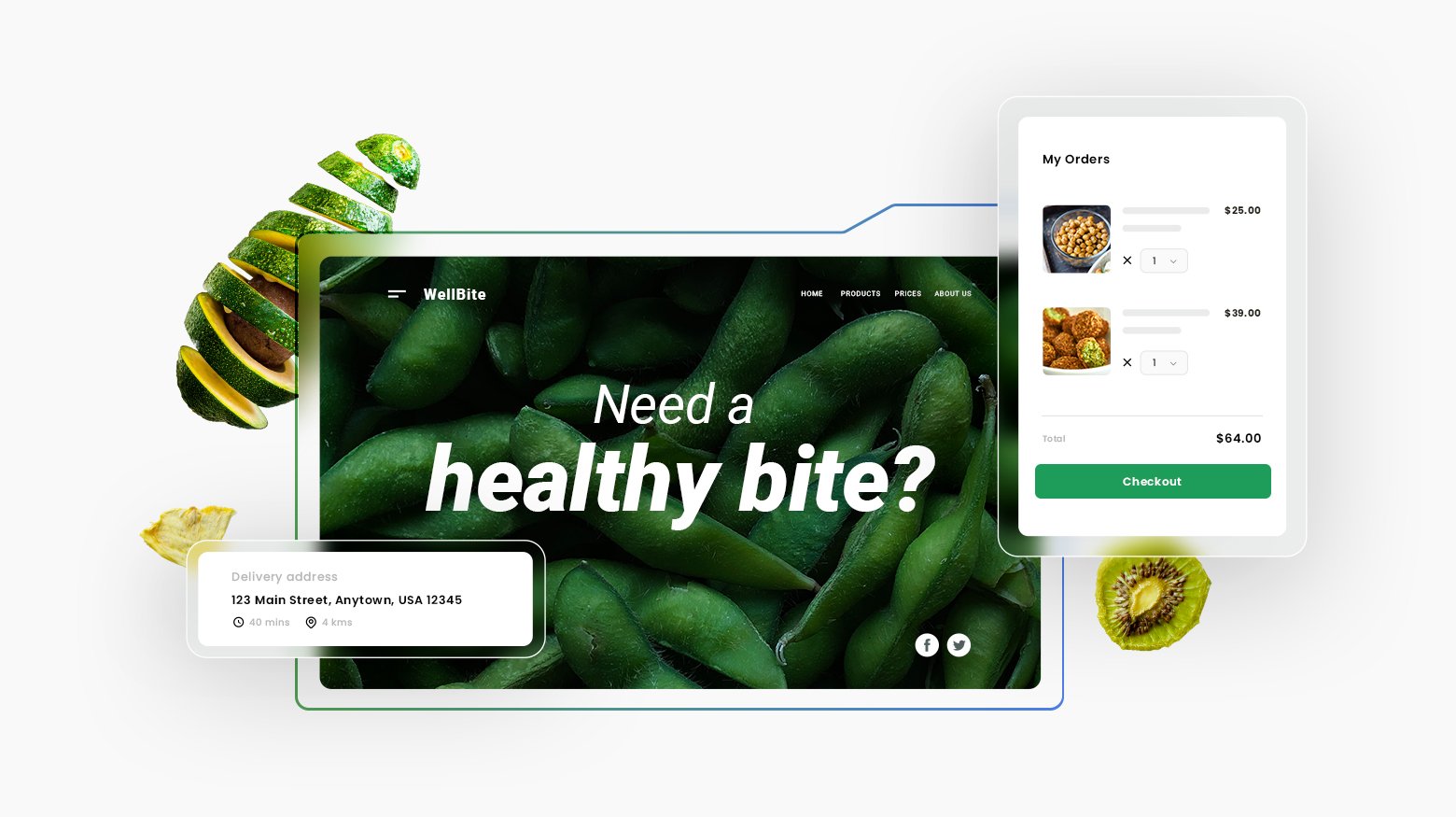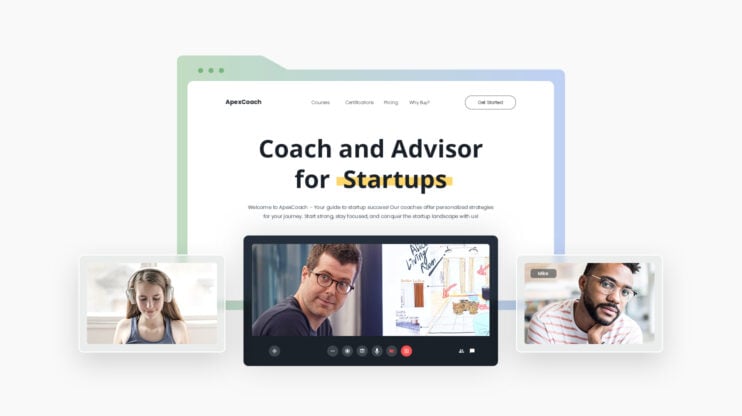Starting a delivery business can be a smart move. The demand for delivery services is growing fast due to the rise of online shopping and the need for convenience. Here’s a brief look at why you might consider this opportunity and the key steps involved.
Reasons to start a delivery business:
- High demand: With more people shopping online, delivery services are more in demand than ever.
- Flexibility: You can specialize in different areas like groceries, packages, or food.
- Low startup costs: You can start small and scale up as your business grows. Some models, like working with large companies, require less upfront investment.
Market demand and opportunities:
- Ecommerce boom: Online retailers need reliable delivery services.
- Local businesses: Small businesses need ways to get their products to customers quickly.
- Gig economy: Many people prefer flexible work, making it easier to hire delivery drivers.
In This Article
FAQ
How much money do I need to start a delivery business?
The cost to start a delivery business varies widely, typically ranging from $10,000 to $50,000. Expenses include vehicles, insurance, licenses, software, marketing, and initial operating costs. The exact amount depends on the scale and type of delivery services you plan to offer.
Is a delivery business profitable?
Yes, a delivery business can be profitable. Profitability depends on factors like efficient operations, effective marketing, and the ability to scale. With the growing demand for delivery services, a well-managed business can achieve significant returns.
What do you need for a delivery business?
To start a delivery business, you’ll need reliable vehicles, insurance, business licenses, delivery management software, a website, and a solid business plan. Additionally, having a skilled team and a robust marketing strategy is essential for success.
How do I start a home delivery?
Starting a home delivery service involves creating a business plan, acquiring necessary permits, setting up a website, and selecting reliable delivery management software. Invest in marketing to attract customers and ensure you have a reliable vehicle fleet to handle deliveries efficiently.
Get a head start on website creation with AI
Create a custom website tailored to your business needs 10X faster with 10Web AI Website Builder!
Stage 1: Laying the foundation
Starting a delivery business involves making several important decisions and gathering crucial information. This includes selecting the right business structure and conducting market research to identify your target market and competitors.

Step 1. Selecting a business structure
Choosing the right business structure is vital for your new delivery service. Each type of structure has its own benefits and drawbacks. The main types of business structures include:
- Sole Proprietorship: This is the simplest structure and involves one person running the business. It’s easy to set up but doesn’t offer personal liability protection.
- Partnership: If you’re starting the business with someone else, a partnership can be beneficial. Like a sole proprietorship, it doesn’t offer liability protection, but it allows shared responsibility and profits.
- Limited Liability Company (LLC): This structure protects your personal assets from business debts. It’s more complex to set up than a sole proprietorship but offers more flexibility and protection.
- Corporation: A corporation is a separate legal entity, offering the most protection against liability. It’s ideal for larger businesses, but it requires more compliance and can be more expensive to maintain.
Step 2. Conducting market research

Market research helps you understand your area’s demand for delivery services and identifies your potential customers. Focus on these key areas:
- Market needs: Determine what type of delivery service is in demand. Is there a need for grocery delivery, meal delivery, or package delivery?
- Competitive analysis: Analyze your competitors. What services do they offer? What are their strengths and weaknesses? Identify gaps in the market that your business can fill.
- Target audience: Define who your customers are. Are they individuals, businesses, or both? Understanding their needs will help tailor your services.
- Local vs. global services: Decide if you want to offer services locally or expand to a broader area. Local services might have less competition, while global services can reach a larger market.
Step 3. Defining your delivery business brand
Building a strong brand is essential for your delivery business. Focus on creating a memorable business name and developing effective marketing and advertising strategies.
Designing a memorable business name
Choosing the right name is the first step in creating a lasting brand. Here is what you should consider:
- Keep it simple: Opt for a name that is easy to say and spell.
- Be unique: A distinctive name helps you stand out.
- Relevance: Make sure it relates to your delivery services.
- Check availability: Ensure the domain name is available for your website.
- Legal considerations: Verify that the name is not already trademarked.
You can brainstorm ideas or use business name generators online. Involve friends or family to get more opinions. Once you decide, create a logo that is both professional and recognizable. This will appear on your website, business cards, and social media.
Step 4. Crafting a business plan
Starting your own delivery business begins with a solid business plan. This will be your roadmap, guiding you through every step.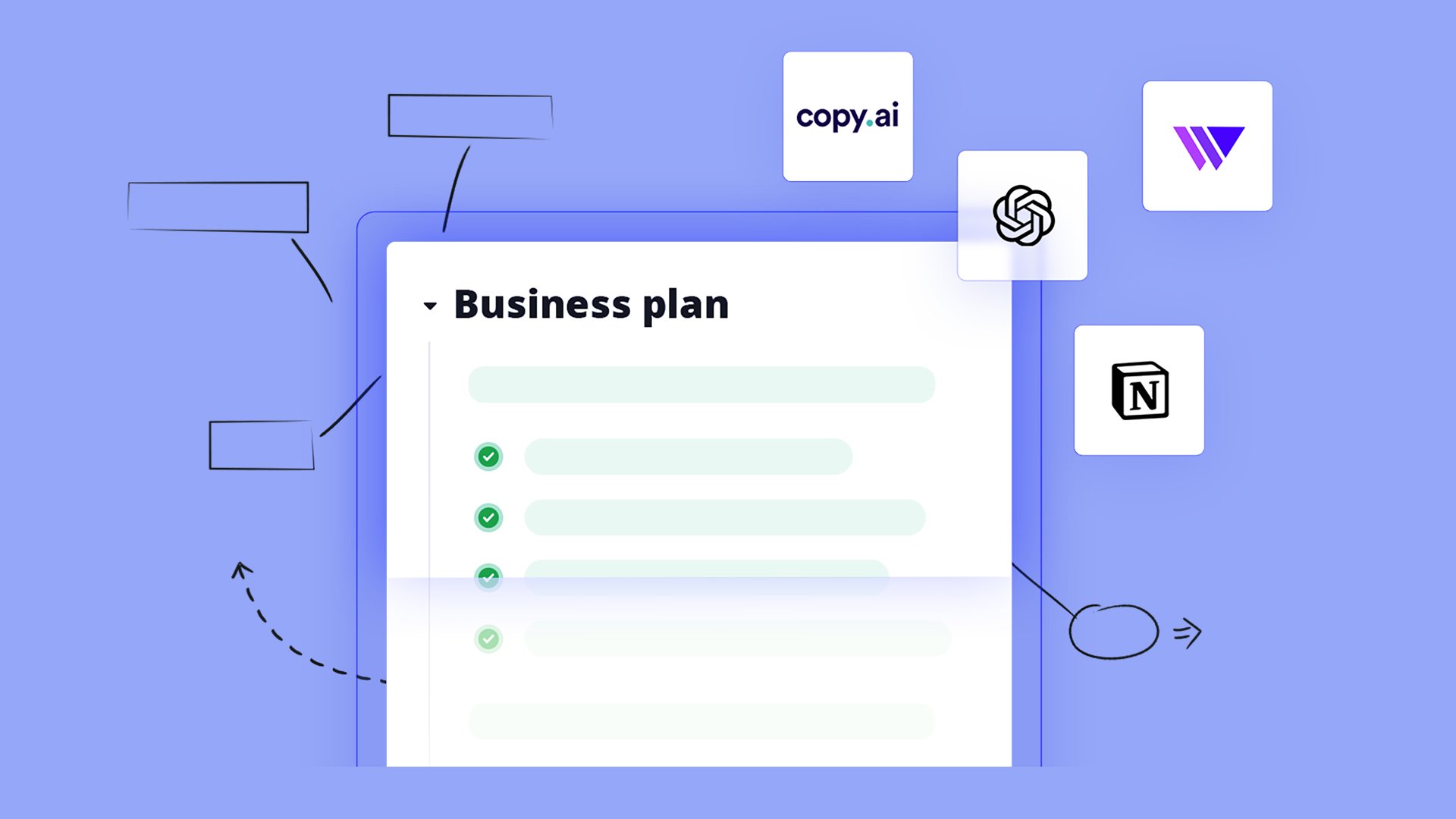
- Mission and vision
Define what your delivery business stands for. What services will you offer? Write a clear mission statement that reflects your goals. - Identifying target market
Know your audience. Who are you delivering to? Conduct market research to identify your target customers and understand their needs. - Competitive pricing
Set prices that attract customers while covering your costs. Compare your rates with competitors and find a balance that works for your business. - Operational strategies
Plan how your business will operate day-to-day. Consider delivery routes, vehicle management, and staff requirements. - Financial planning
Outline budget details, including startup costs, daily expenses, and projected revenue. Create a simple financial plan to track spending and income. - Marketing strategies
Decide how you will advertise your delivery services. To reach more customers, use a mix of online and offline methods, such as social media, flyers, and local ads.

Looking to sell online?
Create your custom online store in minutes with 10Web AI Ecommerce Website Builder and take your business online.
Step 5. Regulatory requirements
Starting a delivery business requires careful attention to regulatory details. You’ll need specific licenses, permits, and tax registrations to operate legally.
Securing business licenses and permits
Before you begin operations, securing the right licenses and permits is crucial. These can include general business licenses, local permits, and specific delivery-related authorizations.
Check with your local city and state offices to find out what exactly you need. Requirements vary by location. You might need health permits if you transport food items, or vehicle permits for commercial use.
Make sure you fully understand the permits needed to avoid any legal trouble. Proper licensing ensures your business runs smoothly.
Registering your delivery business
Registering your business is a key step. Start by choosing a business structure like LLC, sole proprietorship, or corporation. Each has different implications for liability and taxes.
Once you’ve chosen, register your business name with your state. You might also need a Doing Business As (DBA) name if you operate under a different name.
Don’t forget to obtain an Employer Identification Number (EIN) from the IRS. This is essential for tax purposes and identifying your business.
Understanding taxes and compliance
Understanding taxes and compliance is vital. Register for state and federal taxes. This includes sales tax and employment taxes if you have employees.
File regular reports to maintain compliance. Work with a tax professional to ensure you meet all IRS requirements. Accurate record-keeping and timely tax payments will keep your business in good standing.
Be mindful of local tax laws and ensure you’re collecting and remitting taxes correctly. This will avoid any fines or penalties.
Step 6. Financing your delivery business
Starting a delivery service requires careful financial planning to ensure you’re well-prepared for costs and can secure the necessary funding. This section covers estimating startup costs, setting up a business bank account, and obtaining business insurance.
Estimating startup costs
Calculating accurate startup costs is essential to launching your delivery business smoothly. Begin by listing all anticipated expenses. Common initial costs include purchasing or leasing delivery vehicles, fuel, maintenance, licensing and permits, warehouse or storage rental, and marketing.
Here’s a simplified breakdown:
- Vehicles: $10,000 – $30,000 each
- Permits and licenses: $100 – $1,000
- Insurance: $500 – $2,500 annually
- Warehouse or storage rental: $500 – $5,000 per month
- Marketing: $500 – $2,000 initially
Don’t forget smaller items like fuel, uniforms, and office supplies. You should also set aside an emergency fund for unexpected expenses.
Setting up a business bank account
To manage your finances properly, open a business bank account. This keeps your personal and business transactions separate, which simplifies accounting and helps track revenue and expenses.
Here are the steps:
- Choose a bank: Look for one with favorable business account terms.
- Gather documents: Typically, you’ll need your Employer Identification Number (EIN), business license, and articles of incorporation.
- Open the account: Follow the bank’s process, which may include an in-person visit or online application.
Consider opening a business credit card to help manage cash flow and handle unexpected expenses. It’s also a good practice to use accounting software to keep track of all your transactions.
Obtaining business insurance
Getting business insurance is vital for protecting your delivery service from potential risks. Key types of insurance to consider include:
- General liability insurance: Covers injuries or property damage to third parties.
- Commercial auto insurance: Covers vehicles used for deliveries.
- Workers’ compensation: Required if you have employees, this covers medical expenses and lost wages in case of work-related injuries.
- Business interruption insurance: Covers loss of income during disruptions due to covered events like natural disasters.
Contact different insurance providers for quotes and tailor your coverage to your business needs and budget. Proper insurance shields your business from significant financial losses and keeps your operations running smoothly.
Stage 2: Marketing a delivery business
To build a successful delivery business, setting up a strong online presence is crucial. This helps customers find you easily and trust your service.
Step 1. Starting a delivery business website
- Choose a domain name: Pick a catchy and easy-to-remember name for your website.
- Select an ecommerce platform: Use solutions like Shopify, WooCommerce, or BigCommerce to create your website.
- Design your website: Create a user-friendly and attractive layout. Use clear categories and easy navigation. 10Web’s AI Ecommerce Website Builder can help you overcome this hurdle. Using this intuitive tool, you can generate a new website with tailored content and images or recreate an existing site to customize.

Start by pointing out a delivery service website that appeals to you, or select your business type. Then, describe your business to the AI Website Builder and let the AI generate a customizable website.

- Choose web hosting: Choose a reputable web host for a reliable website with easy-to-use tools and features. Consider web hosting options tailored to your website’s platform for the best performance and ease of use. For example, all sites hosted on 10Web benefit from automated performance and website management. This makes it easier for those with less technical skills to manage their websites and ensure they’re optimized for performance.
- Optimize for mobile: Ensure your site works well on smartphones and tablets.
- Create a compelling service page: List all the services you offer with appealing photos and descriptions.
- Set up online ordering: Enable customers to place orders directly on your website. This could be through a form, plugin, or integrated system.
- Implement a secure payment system: Make sure your site supports secure payment options like PayPal or credit cards.
- Optimize for search engines (SEO): Use keywords related to your service and location to rank higher on search engines.
- Connect with social media: Create business profiles on platforms like Facebook, Instagram, and Twitter. Share updates, photos, and promotions.
- Gather customer reviews: Encourage happy customers to leave reviews on your website and social media profiles. Positive reviews build trust.
- Monitor analytics: Use tools like Google Analytics to track website traffic and customer behavior. Adjust your strategies based on the data you collect.
- Engage with customers: Respond to inquiries and comments promptly. Good communication fosters loyalty and repeat business.
Putting effort into creating a solid online presence will help attract and retain customers. Keep your website and social media updated with the latest information about your services.
WordPress hosting that's fully automated
Host on 10Web's high performance infrastructure and enjoy all the benefits of a secure Google Cloud Partner hosting and website building with AI.
Step 2. Developing marketing and advertising strategies
Promoting your delivery business online is key to reaching new customers and growing your brand.
Using both online and offline strategies can help you attract and retain customers. Here are some steps to get you started:
- Content strategy for delivery service businesses
- Create a blog: Write about topics that interest your customers, such as delivery tips or food trends.
- Use email marketing: Send newsletters with updates, promotions, and special offers.
- SEO for hybrid online and physical businesses
- Optimize your website: Make sure your site loads quickly and is mobile-friendly.
- Use relevant keywords: Include keywords like “food delivery” or “courier service” in your content.
- Social media marketing
- Set up profiles: Create accounts on platforms like Facebook, Instagram, Twitter, and Google My Business.
- Share engaging content: Post photos, videos, and stories about your services and customer experiences.
- Customer reviews and customer service
- Encourage reviews: Ask satisfied customers to leave positive reviews on your website or platforms like Google.
- Respond promptly: Address complaints and feedback quickly to show that you value your customers.
Stage 3: Organizing operations within a delivery business
To start a successful delivery business, you must focus on organizing your operations. This involves choosing the right vehicles, investing in suitable technology, and optimizing delivery routes.
Step 1. Choosing the right vehicles
Picking the right vehicles for your delivery business is crucial. Your choice will depend on the types of products you deliver and the distances you cover.
For lighter and smaller items, vans are often a good option. They’re spacious and fuel-efficient. For heavier and bulkier items, consider using trucks. Think about the cost of purchasing, maintaining, and fueling the vehicles. Regular vehicle maintenance is essential to avoid breakdowns and delays.
You might need to consider leasing vs. buying your vehicles. Leasing can reduce initial costs while purchasing can be more economical in the long run.
As an alternative, many delivery services require drivers to use their own vehicles for deliveries. If this is how you’ll perform the delivery service, decide how you’ll ensure the drivers provide a type of vehicle that’s adequate for the deliveries requested.
Step 2. Investing in technology and software
Technology can make your delivery business more efficient. Start with GPS systems to help drivers navigate and find the best routes.
Implement route optimization software to save time and fuel. This software can suggest the quickest paths, considering traffic and distance.
Consider fleet management software to keep track of your vehicles, maintenance schedules, and fuel consumption. A Customer Relationship Management (CRM) system can help you manage customer orders, preferences, and feedback.
The right tech tools can simplify tasks like scheduling, dispatching, and monitoring deliveries in real time.
Step 3. Optimizing route planning
Planning the best routes is key to efficient delivery operations.
Route planning software can help you minimize travel time and fuel costs.
Break your delivery areas into zones, and assign specific regions to different drivers. This can prevent overlap and reduce delivery times.
Analyze traffic patterns and peak hours to avoid delays.
Use historical data and real-time updates to adjust routes as needed.
Focus on route optimization to handle multiple deliveries in a single trip effectively.
Incorporating these steps will not only improve your delivery times but also reduce operational costs, leading to a more reliable delivery service.
In sum
Starting a delivery business offers a lucrative opportunity due to the increasing demand from online shopping and convenience needs. You can build a successful delivery service by understanding the market, choosing the right business structure, conducting thorough market research, and implementing efficient operations and marketing strategies. With careful planning and execution, you can capitalize on this growing industry and achieve long-term profitability.
Wait!
Your online store
is a click away
Your online store is a click away
-
Create an ecommerce website in 1 minute with AI
-
Set up and manage payments, products & more
-
Grow your business with all in one platform

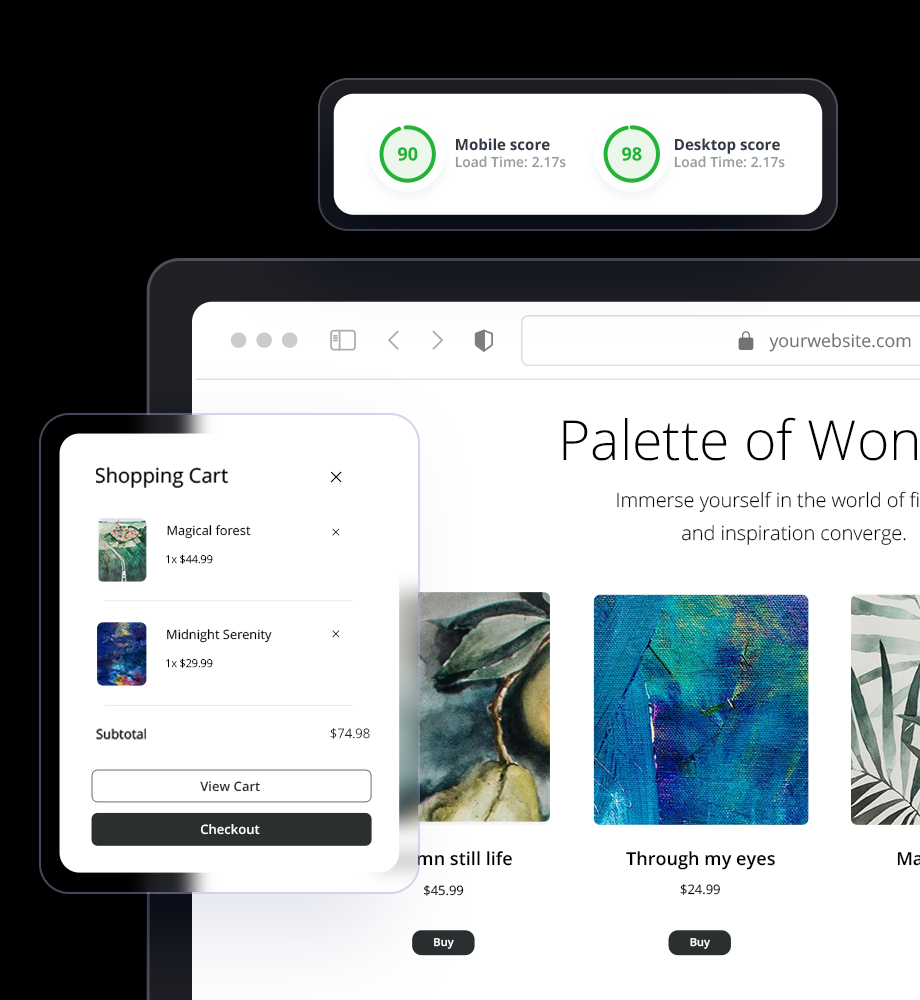



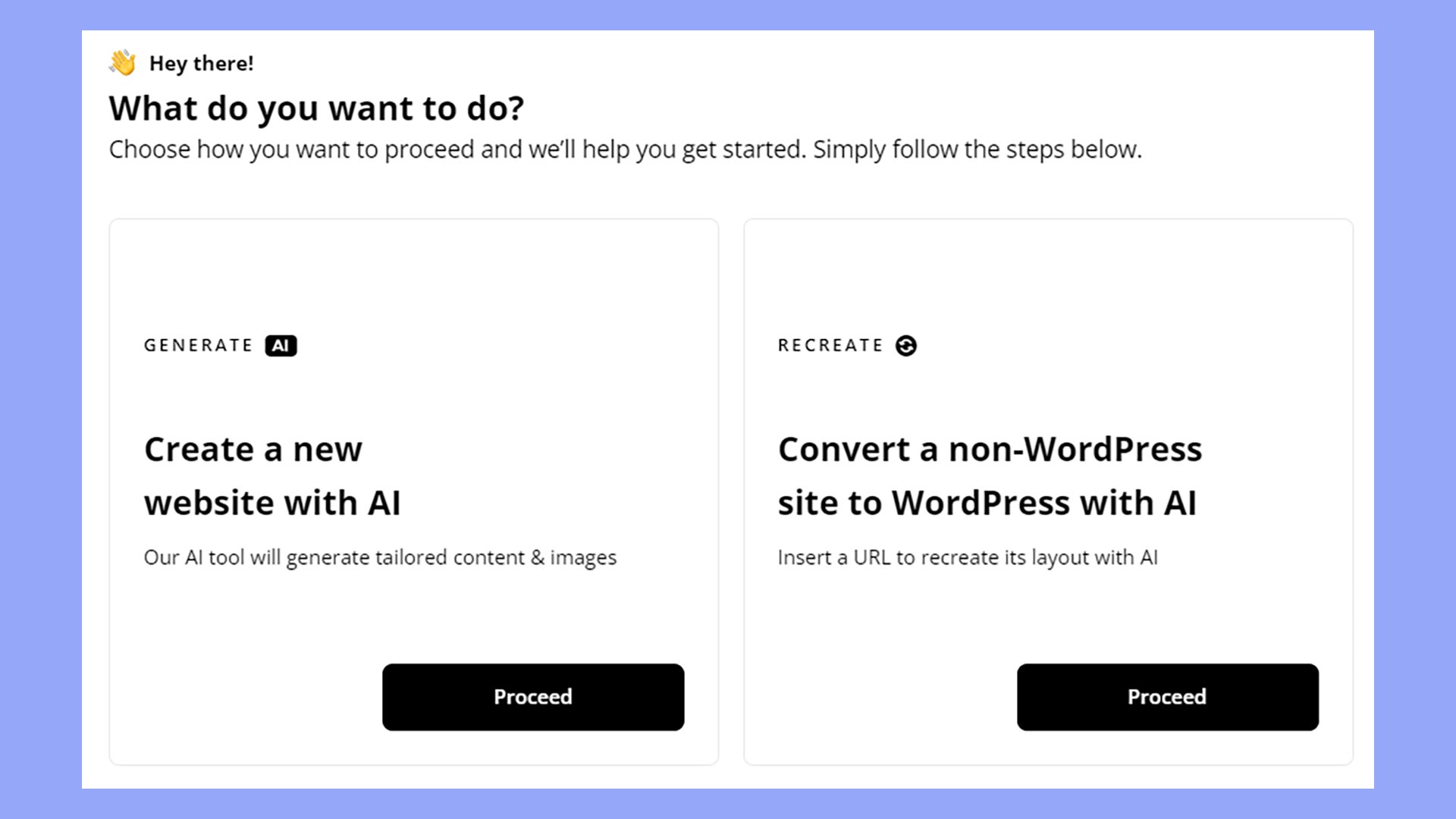
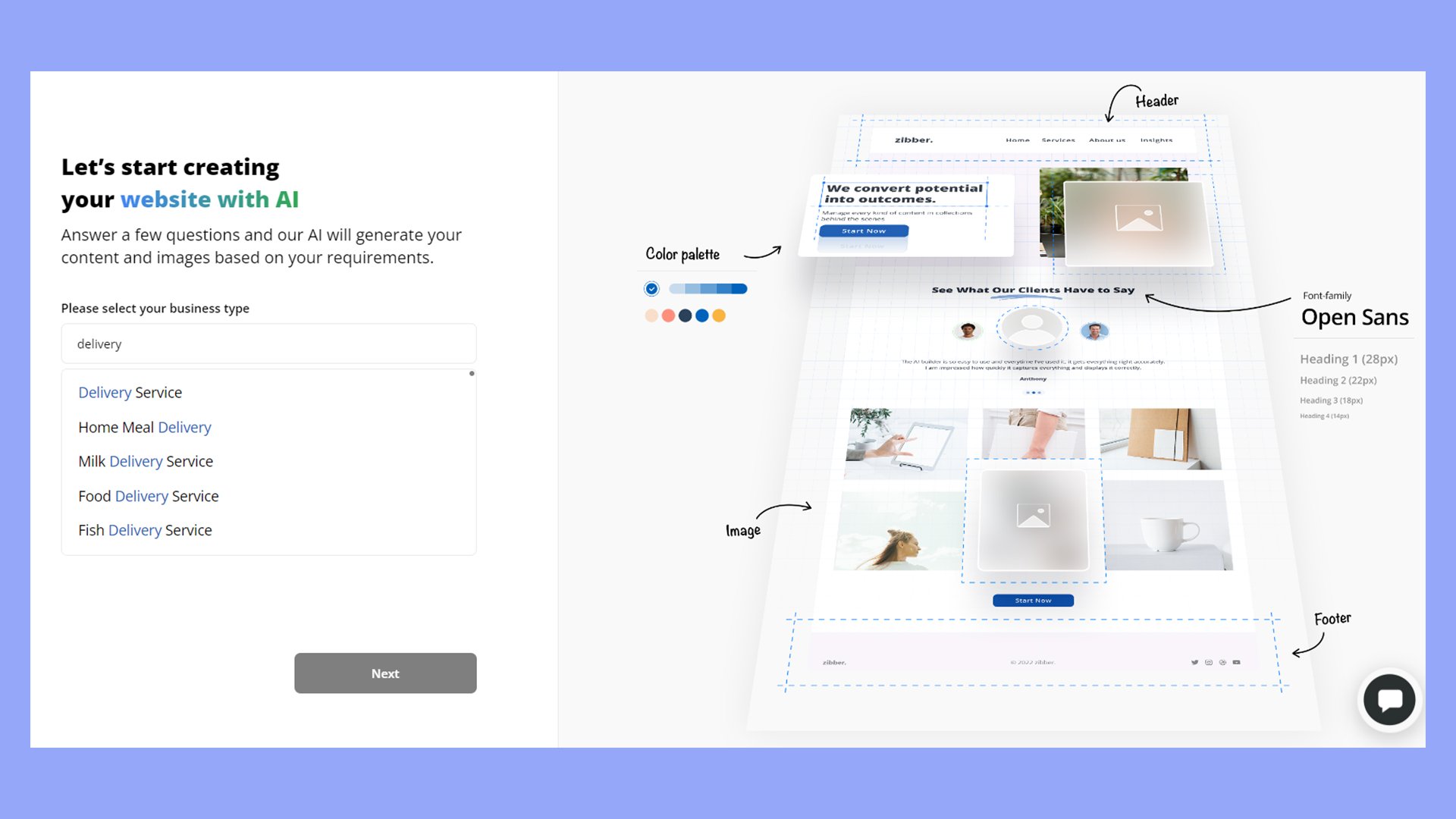


 Create an ecommerce website in 1 minute with AI
Create an ecommerce website in 1 minute with AI 







